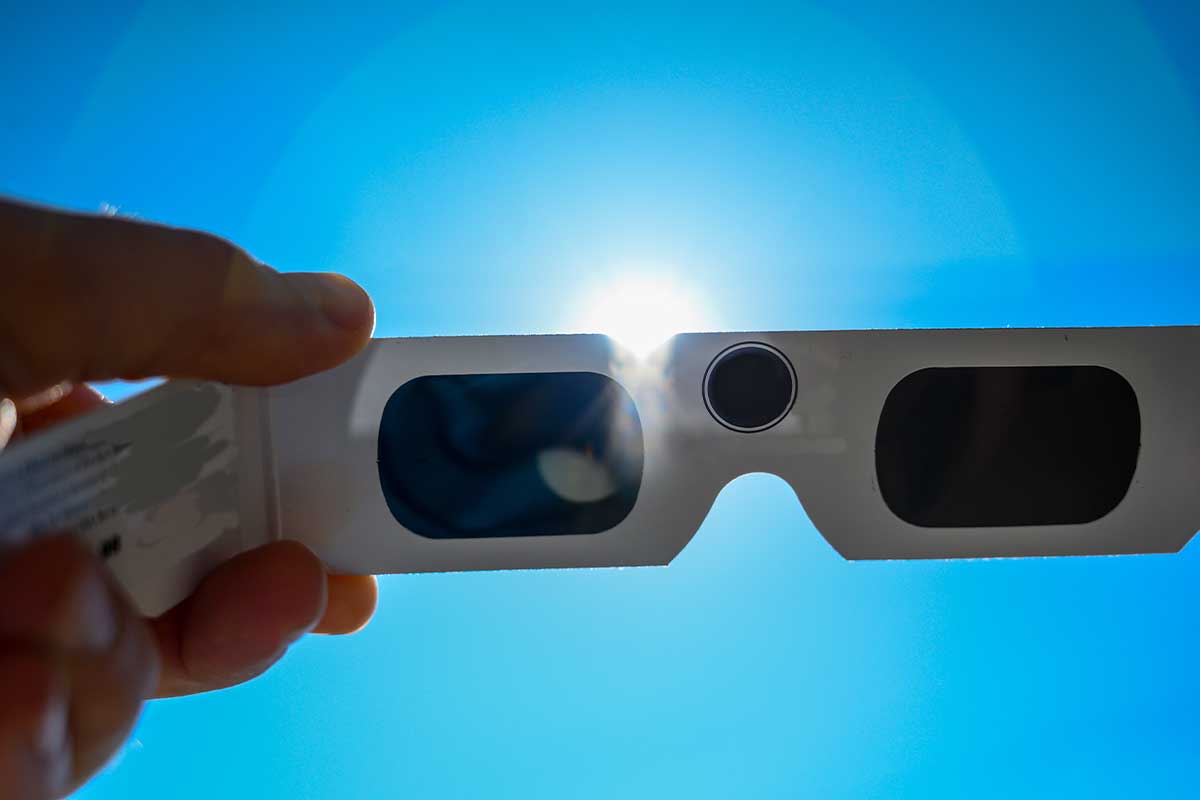
In 2018, a Nielsen Company audience report showed the average person in the U.S. spends about 10 hours and 39 minutes each day looking at a screen, including the use of smartphones, computers, video games, tablets and TVs. That was two years ago, prior to the global pandemic that uprooted normalcy, ultimately increasing screen time through work-from-home schedules and online learning.
While those numbers may seem concerning, the majority of evidence suggests that screen time does not cause as much harm as it was previously believed to about 10 years ago, especially when it comes to our eyes and vision.
“There is really no evidence that looking at a computer, smartphone or other digital device can permanently damage your eyes,” says Edward S. Parelhoff, M.D., of Eye Consultants of Northern Virginia, where he specializes in pediatric ophthalmology. “Eye strain affects all age groups and includes symptoms of blurred vision, aching and fatigue, dryness with tearing and stinging.”
According to Dr. Parelhoff, feeling dryness or irritation in the eyes can stem from any prolonged work including reading, writing or other visual tasks, not just screen time, as it’s a result of a reduction in blinking.
“Typically, we blink around 20 times a minute and, of course, we don’t notice that. When we are reading or looking at something of interest, we blink less,” explains ophthalmologist Mohamed Jafaar, M.D., of Children’s National Hospital. “Blinking is good because it spreads tears over the cornea, keeping it from drying out. When you don’t blink, the person feels it and this is why people with dry eyes have itchy eyes. It is a mechanism by way of the brain that reminds us of blinking.”
With young children, according to Dr. Jafaar, the concern surrounding screen time should be more centered on impacts to the brain rather than the eyes.
“[Kids’] eyes really don’t get that tired or irritated because they are so robust,” explains Dr. Jafaar. “Children like to be in charge of things and put things right in front of their faces, in an effort to shut out the world around them and just focus on what they like doing. This doesn’t really hurt their eyes, even though parents tend to think it does. I think too much screen time is possibly more hurtful to the social interaction of children, rather than the actual eyes.”
For adults experiencing eye strain regularly, Dr. Parelhoff, Dr. Jafaar and other experts of the American Optometric Association recommend practicing the 20-20-20 rule. Here’s how it works: Every 20 minutes, take a 20-second break and look at something 20 feet away. Through this exercise, according to Dr. Jafaar, the inner muscles of the eyes are able to focus, and the converging muscles relax.
“It basically resets the eyes so they’re ready to work again,” says Dr. Jafaar.
If your eyes continue to feel irritated while working from home, Dr. Parelhoff recommends frequently using eye drops to keep the corneas wet, and also ensuring your computer monitors are about 24 inches away from your eyes, slightly below midline.
And, if you’re considering purchasing now-on-trend blue light glasses, you may want to think again.
“There is no scientific basis at all to blue light glasses,” Dr. Jafaar says bluntly. “I think advertisers started that idea and people just went with it.”
For more tips and tricks for maintaining a healthy lifestyle throughout the global pandemic, subscribe to our Health newsletter.





